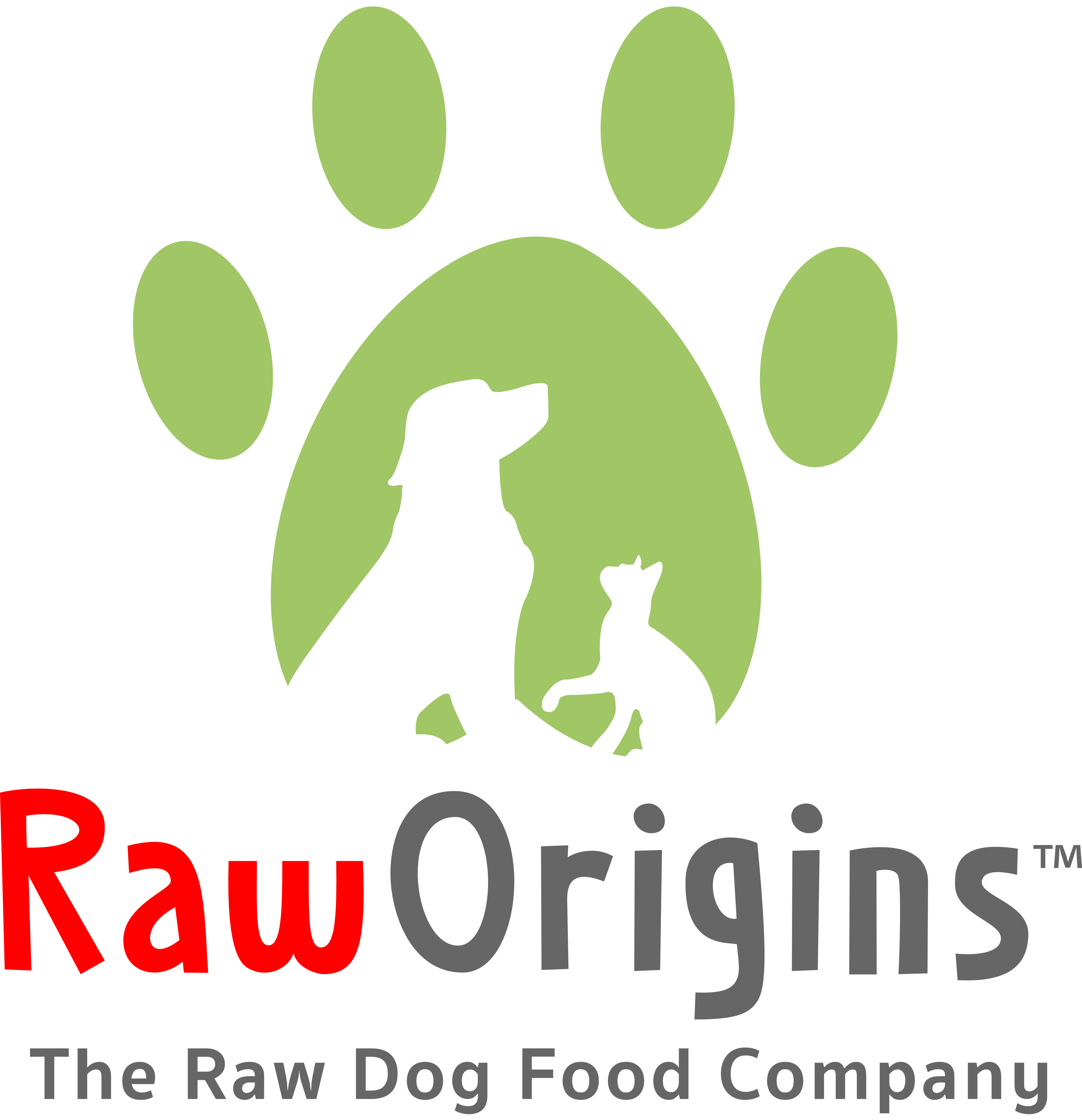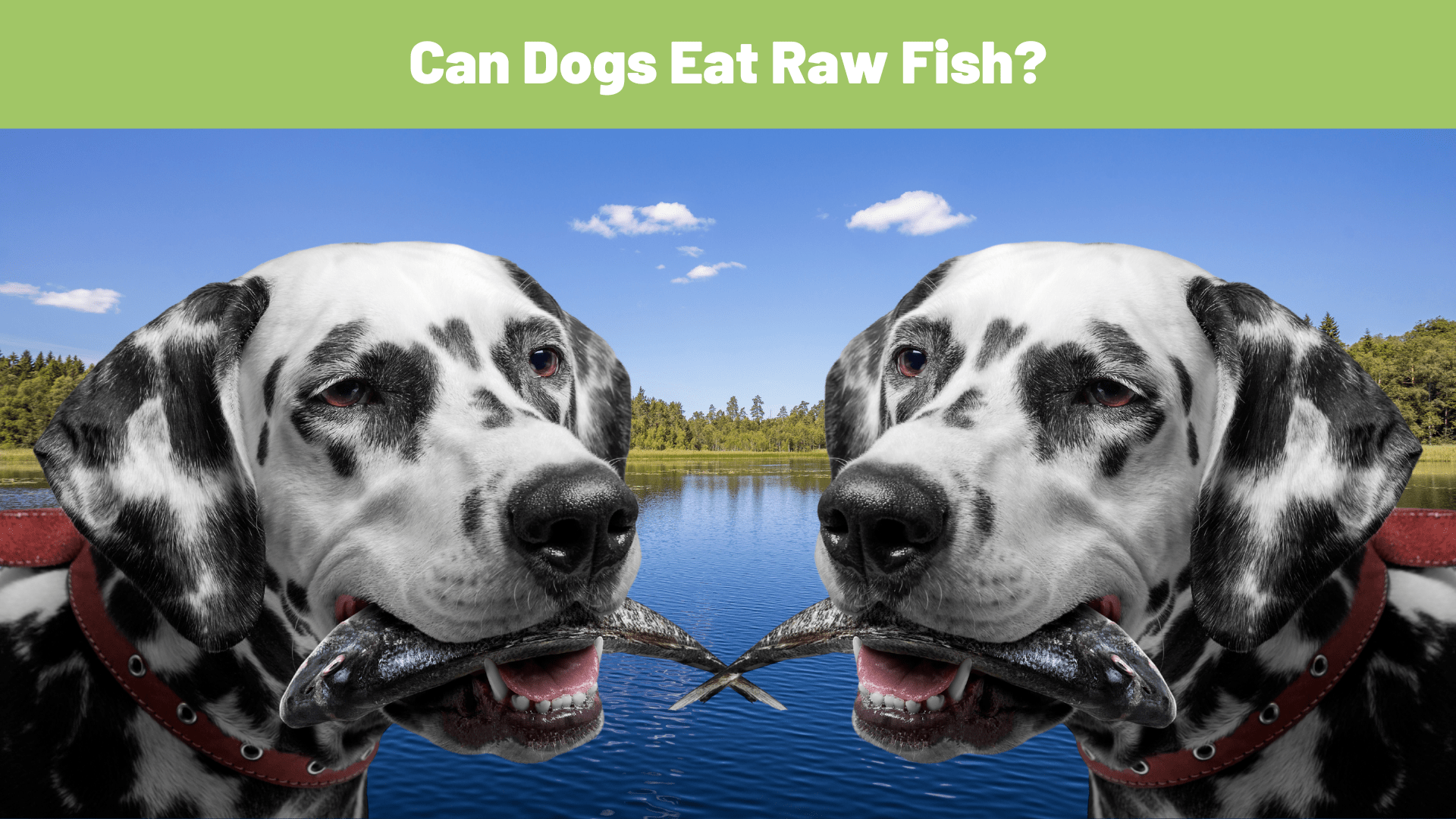Many dog owners consider incorporating raw fish into their pet’s diet as a source of protein and omega-3 fatty acids. However, the question remains: is raw fish safe for dogs? In this article, we’ll delve into the potential benefits and risks of feeding raw fish to your furry friend, helping you make an informed decision about this dietary choice.
Pros of Adding Fish to Your Dog’s Diet
Fish offers a trifecta of nutritional benefits for your canine companion. Firstly, it serves as a rich source of protein, supplying essential amino acids vital for muscle development, repair, and the maintenance of a lustrous coat and healthy skin. Additionally, fish, especially fatty varieties like salmon, mackerel, and sardines, are packed with omega-3 fatty acids such as EPA and DHA.
These fatty acids are renowned for their role in reducing inflammation, supporting cognitive function, and ensuring robust joint health in dogs. Furthermore, fish boasts a diverse array of vitamins and minerals, including vitamins D and B12, selenium, and phosphorus, bolstering your dog’s overall nutritional intake and contributing to their well-being.
Cons of Feeding Raw Fish to Dogs
While incorporating fish into your dog’s diet offers numerous benefits, it’s crucial to be mindful of potential drawbacks. Raw fish carries the risk of harboring parasites like tapeworms and bacteria such as Salmonella and Listeria, which can lead to gastrointestinal issues or more severe health complications in dogs. Proper handling, storage, and sourcing of fish are paramount to mitigate these risks.
Moreover, relying solely on fish as a protein source may result in nutrient imbalances over time, as dogs require a balanced diet comprising proteins, fats, carbohydrates, vitamins, and minerals. Consulting with a veterinarian or canine nutritionist can help tailor your dog’s diet to meet their specific nutritional needs.
Additionally, be vigilant for allergic reactions in your dog, as some may be sensitive to certain types of fish or specific components within the fish, manifesting as itching, gastrointestinal upset, or skin problems. By being aware of these potential concerns and taking appropriate precautions, you can safely incorporate fish into your dog’s diet to enhance their overall health and well-being.
Tips for Safely Incorporating Fish into Your Dog’s Diet
When adding fish to your dog’s diet, it’s essential to prioritize their safety and well-being. Firstly, ensure that fish is cooked thoroughly to eliminate parasites and reduce the risk of bacterial contamination, safeguarding your dog’s health. Additionally, remove all fish bones before feeding to prevent choking hazards or injuries to your dog’s digestive tract. Introduce fish gradually and in moderation, closely monitoring your pet’s reaction to avoid digestive upset or nutrient imbalances.
Opt for fresh, high-quality fish from reputable suppliers to minimize the risk of contamination or harmful additives. Avoid feeding your dog fish intended for human consumption if it contains seasonings, oils, or other potentially harmful ingredients. Lastly, consult with your veterinarian before making significant dietary changes to ensure that the fish fits your dog’s nutritional requirements and health status, providing them with a balanced and safe diet.
While fish can be a nutritious addition to your dog’s diet, it’s essential to weigh the potential benefits against the risks. By understanding the pros and cons of feeding raw fish to your canine companion and taking necessary precautions, you can make informed decisions to support their overall health and well-being. Always prioritize your dog’s safety and consult with a veterinary professional for personalized dietary recommendations.

